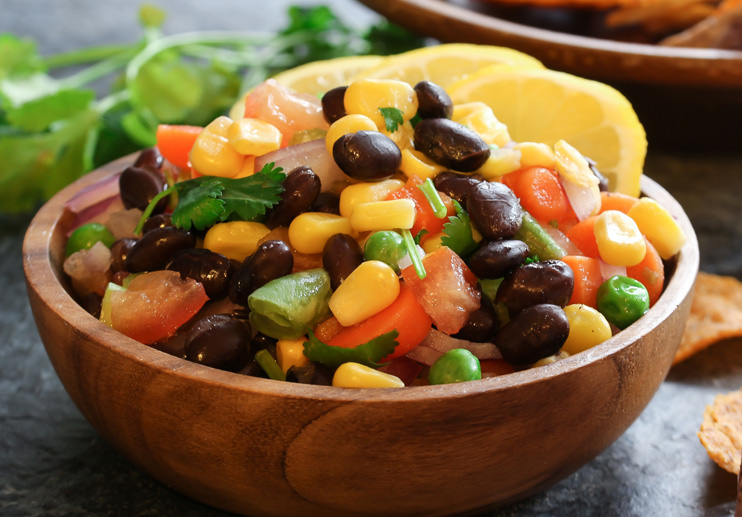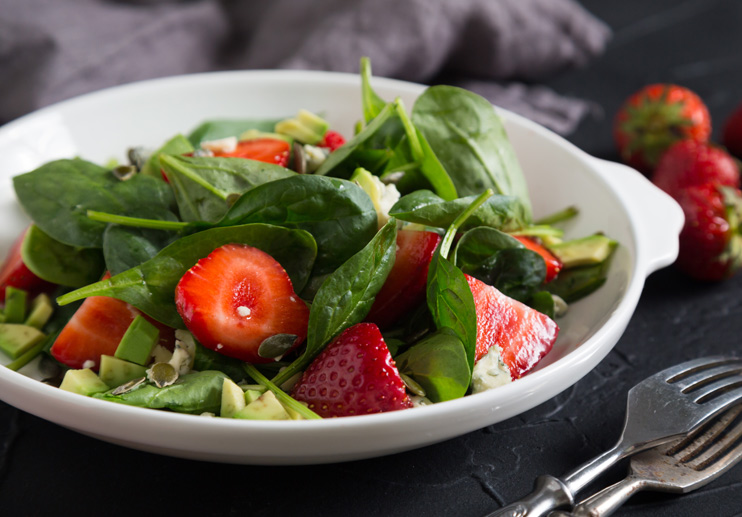Fruit-topped oatmeal drizzled with extra virgin olive oil is a lovely way to greet the morning, hitting just the right savory and sweet notes. Use whatever fruit you have on hand—sliced bananas, diced fresh peaches, strawberries, etc.
Ingredients
- 2 cups old-fashioned rolled oats
- 3 1/2 cups water
- 1/2 teaspoon flaky sea salt, plus more for serving
- 1 cup blueberries or raspberries or a mix
- 1/4 cup toasted almonds, walnuts, or pecans
- 1 teaspoon fresh thyme leaves, chopped
- 1/4 cup extra virgin olive oil
Directions
Step 1
In a medium saucepan, bring the oats, water, and 1/2 teaspoon of sea salt to a low boil over medium heat. Reduce the heat to low, and cook, stirring frequently, until the oatmeal is creamy (about 6 to 7 minutes).
Step 2
Spoon the cereal into 2 bowls, then top with the fruit and nuts. Garnish with a pinch of fresh thyme leaves and a healthy drizzle of olive oil.
Step 3
Finish with a pinch of flaky sea salt (crush it between your fingers to break up the flakes).
Serves 4 — Recipe adapted from annefood.com




